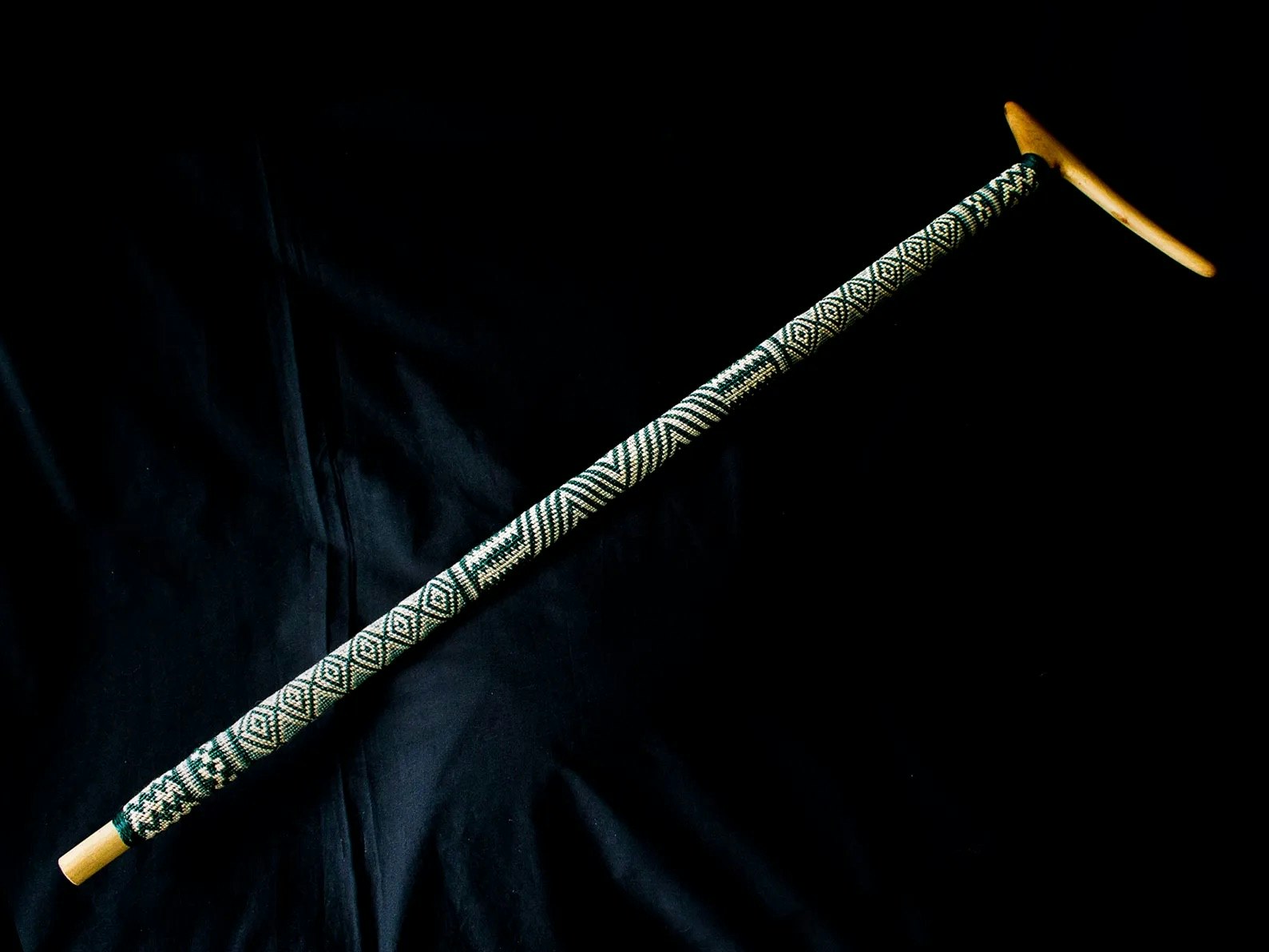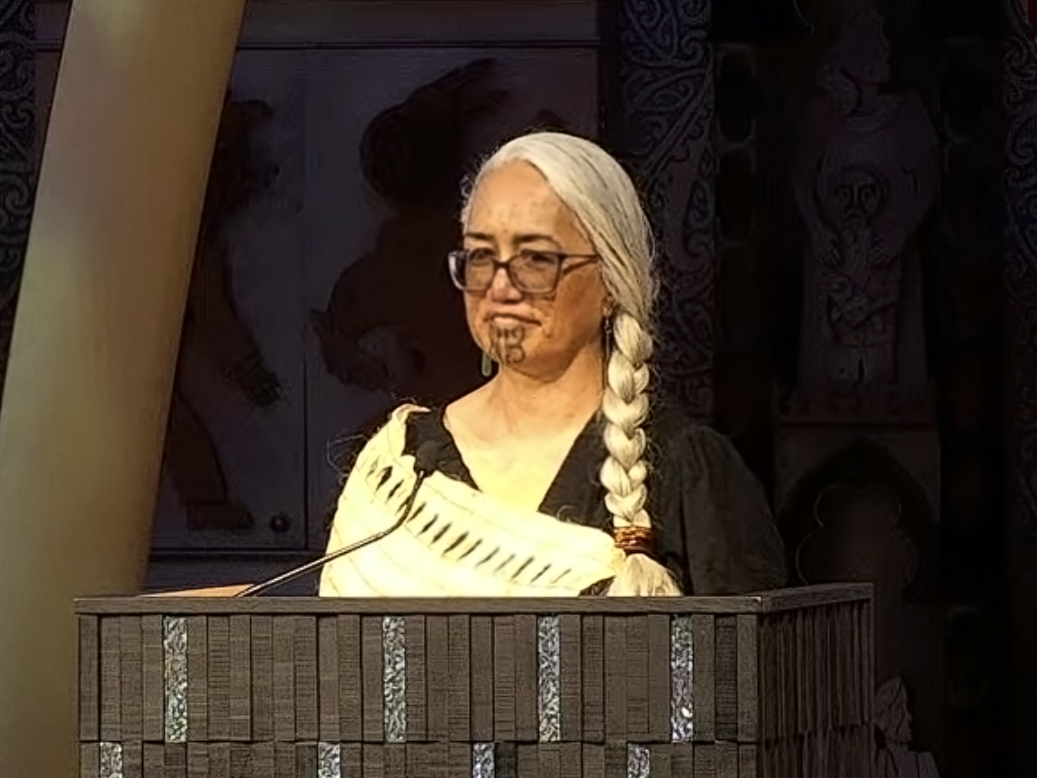
Watch: Karanga taonga, karanga tangata, karanga whenua | Reversing Cultural Amnesia: Activating Māori Practice in Museums
The 2025 Michael Volkerling Lecture is presented by former Te Papa Curator Dr Awhina Tamarapa.
Free museum entry for New Zealanders and people living in New Zealand
Open every day 10am-6pm
(except Christmas Day)
Free museum entry for New Zealanders and people living in New Zealand
Biculturalism. Decolonisation. Mātauranga Māori. Dive into te ao Māori, explore Matariki, brush up on your reo Māori, and learn how the kiwi lost its wings.

The 2025 Michael Volkerling Lecture is presented by former Te Papa Curator Dr Awhina Tamarapa.
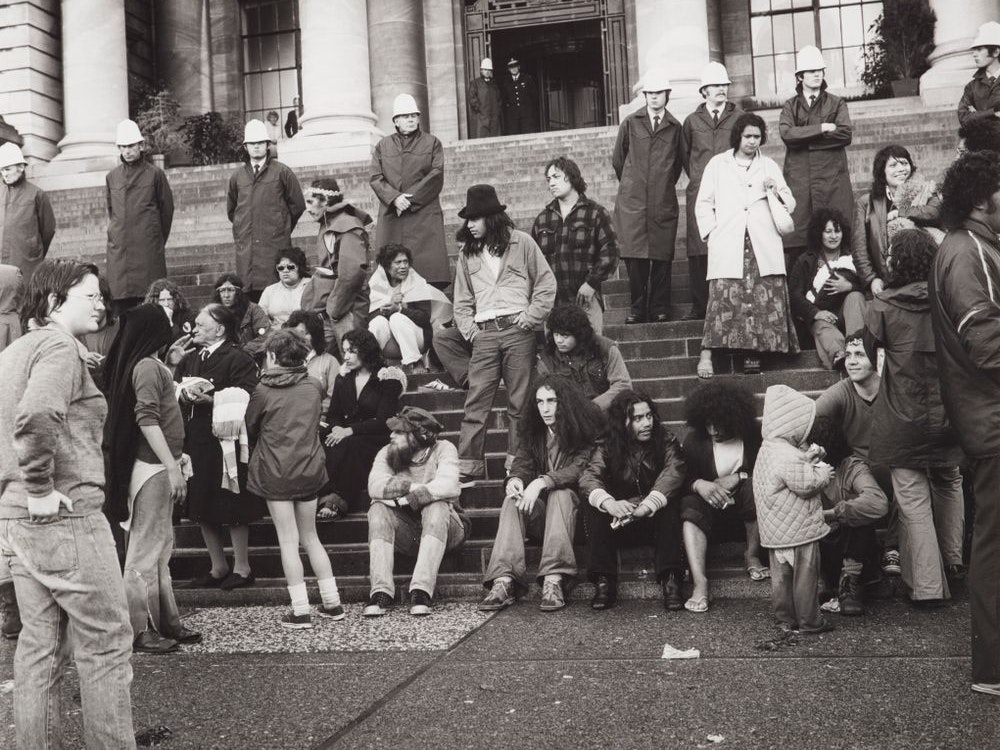
The 13th of October marks the fiftieth anniversary of the arrival of the ‘Not One Acre More’ hīkoi (land march) on the steps of New Zealand Parliament. Read this blog by then Mātauranga Māori Curator Puawai Cairns, written for the fortieth anniversary in 2015.
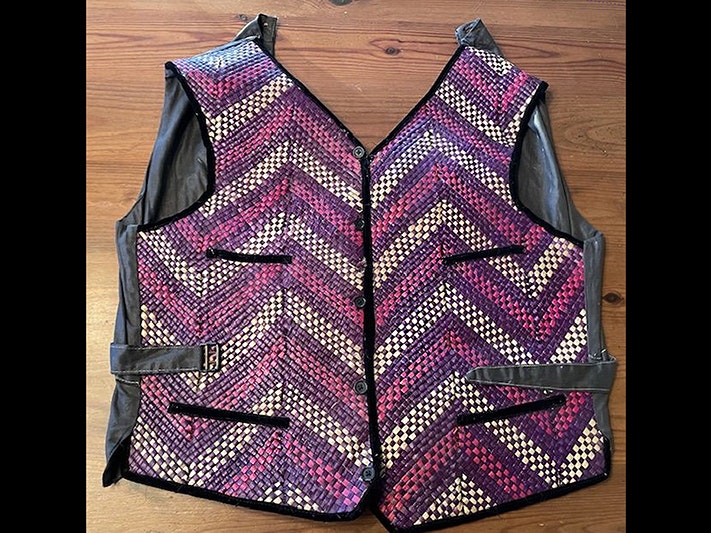
Te Papa collection manager and kaitiaki taonga Moana Parata shares a story of her journey to Los Angeles to bring home a precious taonga (treasure), a raranga vest collected by Carl Freeze, an American Mormon missionary in the early 1900s.
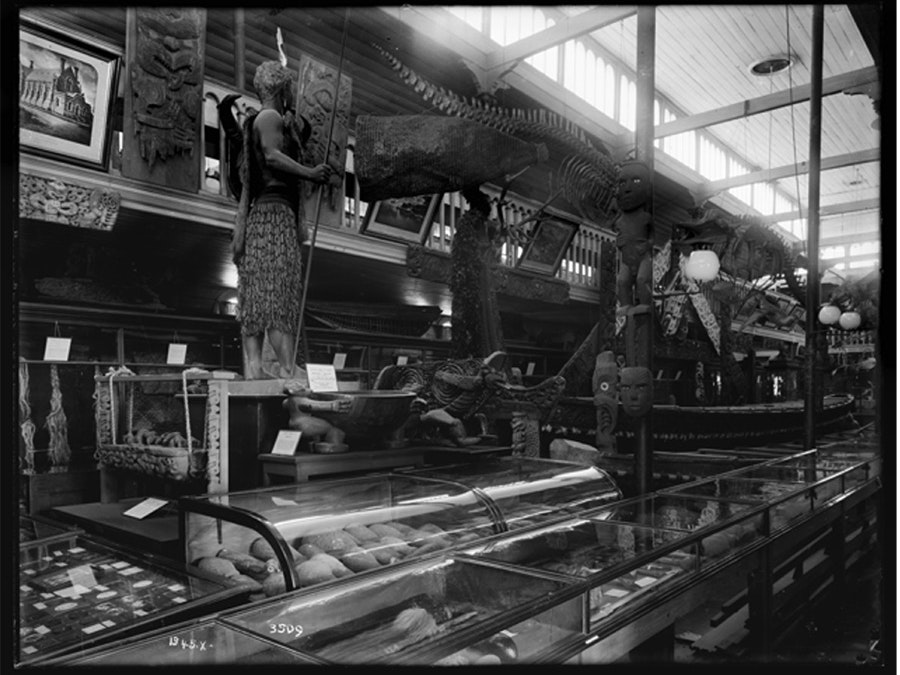
Our national museum’s history began in 1865, and early documentation wasn't as thorough or careful as it is today. Curator Mātauranga Māori Amber Aranui takes us back to this creatively documented time and what it means for tracking our collection items.

From 1984 to 1986, the exhibition Te Maori was a pivotal moment in Māori cultural revival showcasing traditional artwork on the international stage. It is widely acclaimed as an exhibition that changed the way that museums and art galleries interpreted and managed taonga Māori.
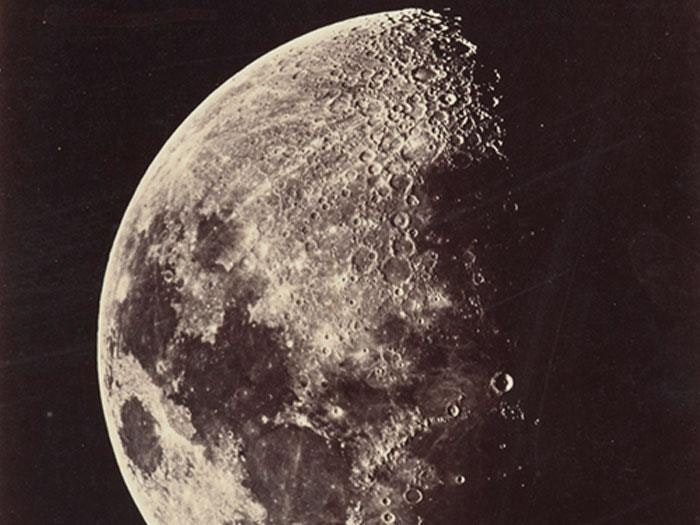
The maramataka is a planting and fishing monthly almanac. For most iwi, the lunar months begin with the new moon (Whiro), but for others it begins with the full moon (Rākaunui). The start of each month is aligned to the morning rising of particular stars.
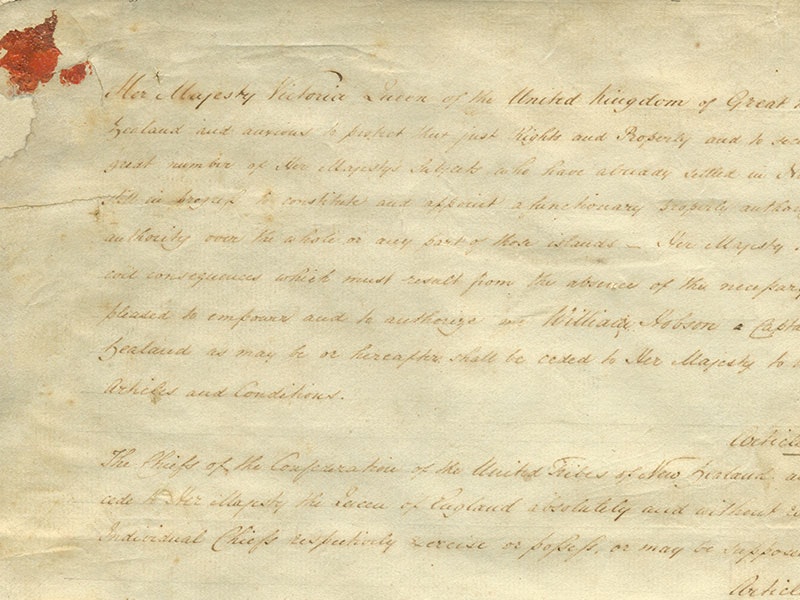
It is celebrated and argued over. It contains contradictions, and yet it offers clarity. It has a rocky past, but it is providing New Zealanders with new ways forward. It is the Treaty of Waitangi – this nation’s founding agreement.
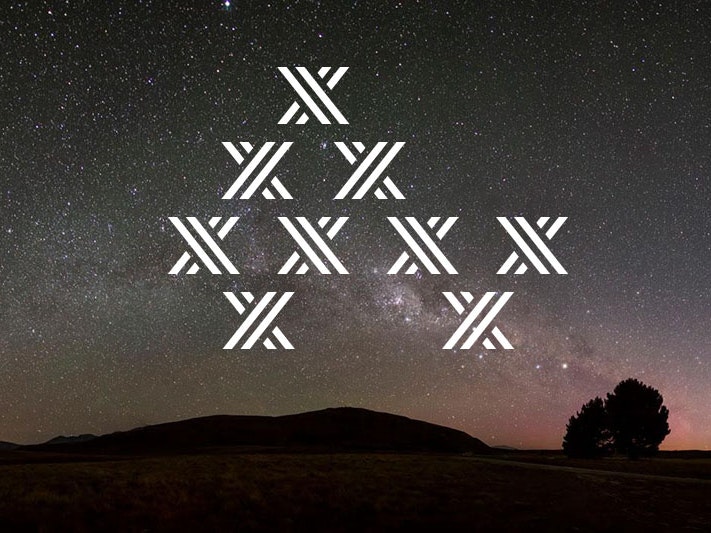
Learn all about Matariki and see our events. Matariki is a time to gather with family and friends to reflect on the past, celebrate the present, and plan for the future.
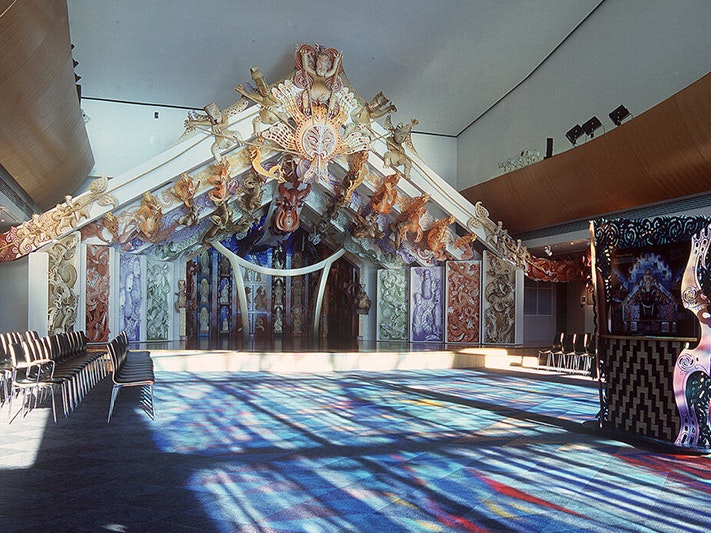
Rongomaraeroa is a unique marae (meeting place) within Aotearoa New Zealand. Like all marae, it is founded on Māori principles of kawa (marae protocol) and tikanga (cultural practices) it was created for our unique museum context as a contemporary marae acknowledging the whakapapa (ancestral history) and the taonga (treasures) of all peoples who call Aotearoa New Zealand home.
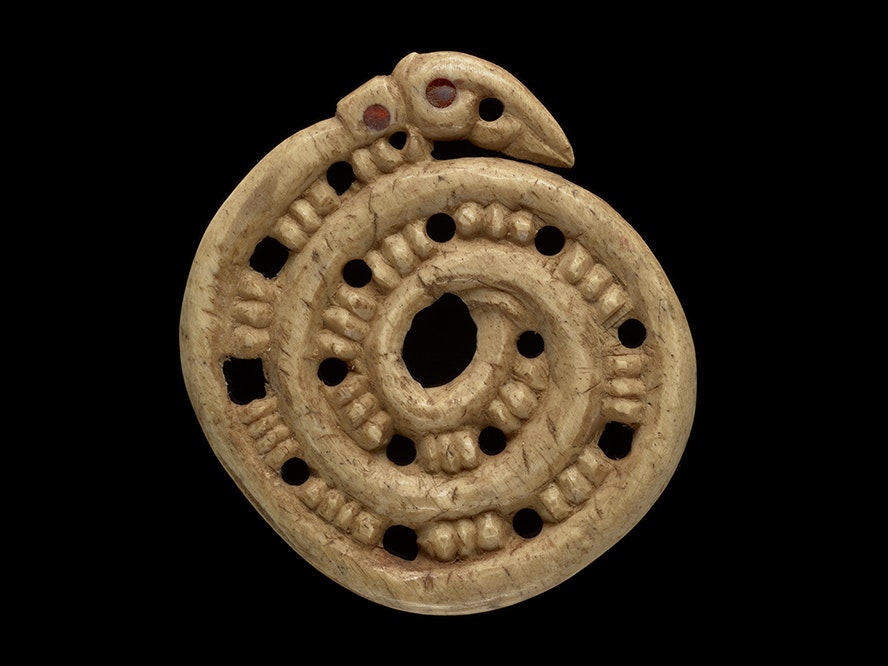
This project will create a minimally invasive sampling technique to identify the animals used in manufacturing taonga tūturu, precious objects created by Māori artisans. This will substantially enhance the capabilities of the museum and heritage sector to find and engage meaningfully with the custodians of these taonga.
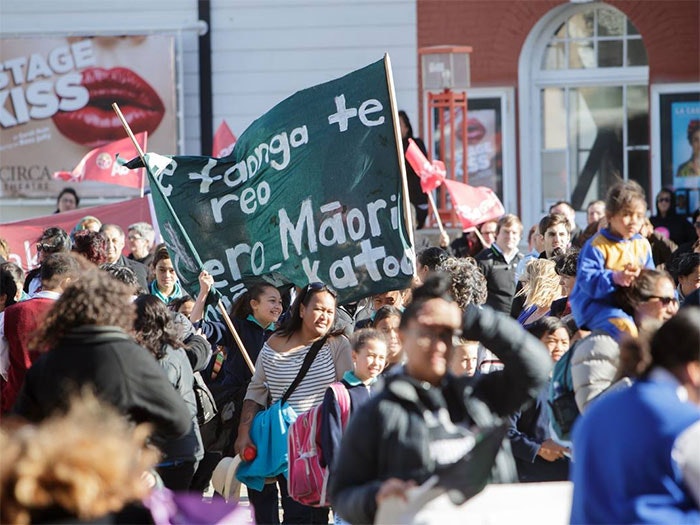
Articles, quizzes, events, and activity books to celebrate and learn about te Reo Māori.
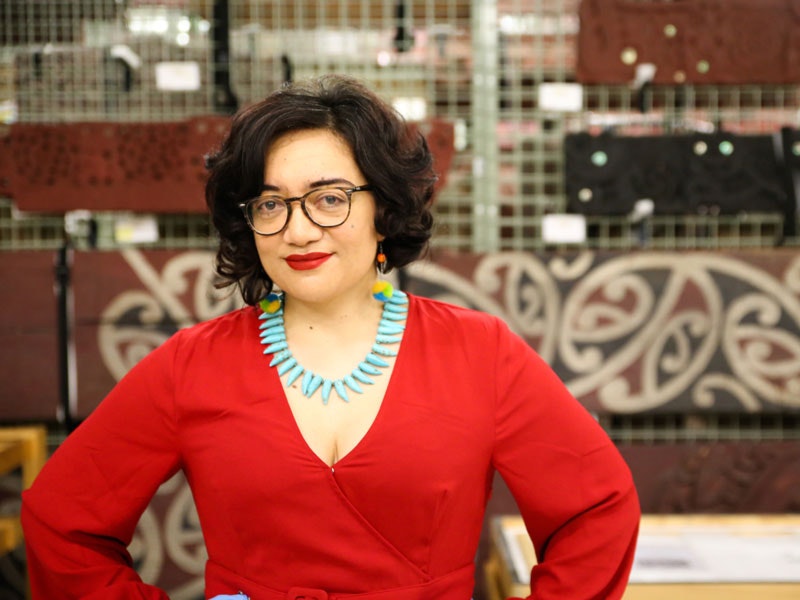
How do museums learn to tell the truth about what they hold in order to become “decolonised archives”?
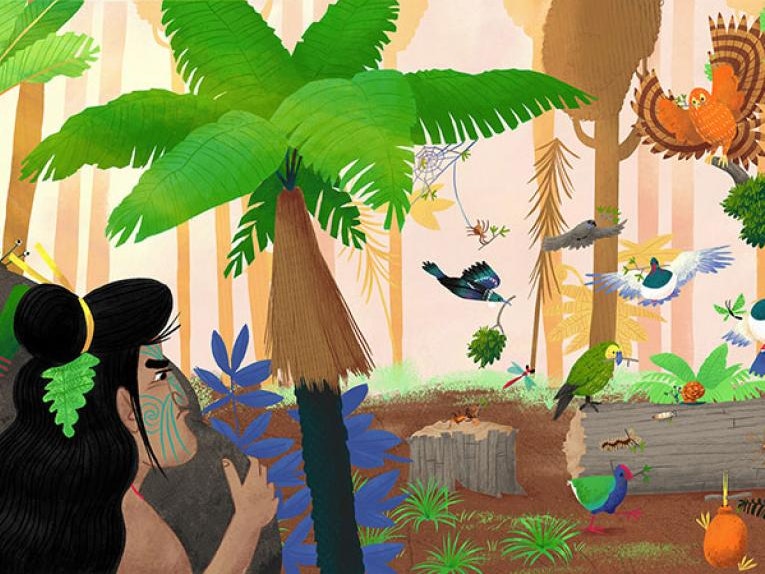
'He Paki Taonga i a Māui' is a series of 18 short films for tamariki aged 7-11, and tells stories about taonga in Te Papa's collection.
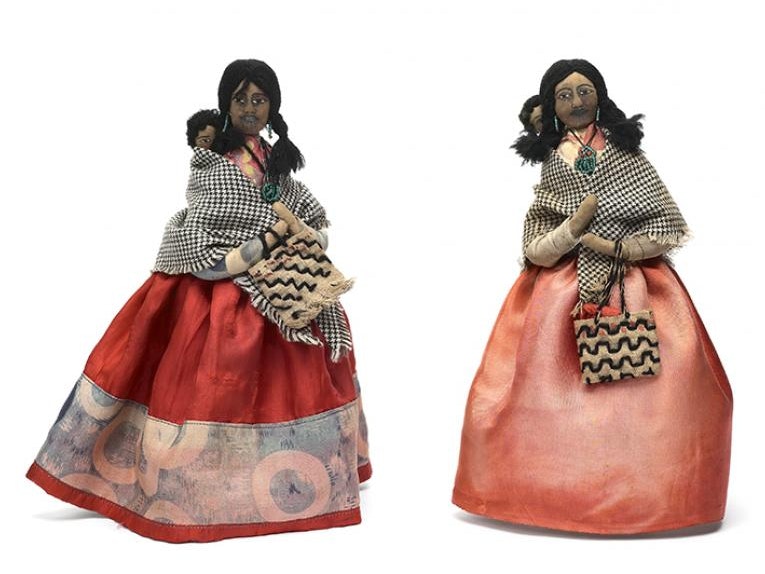
Bessie Murray made these beautiful dolls to support her family. Riria uncovers her attention to detail in portraying the Māori women she saw down at the local store.
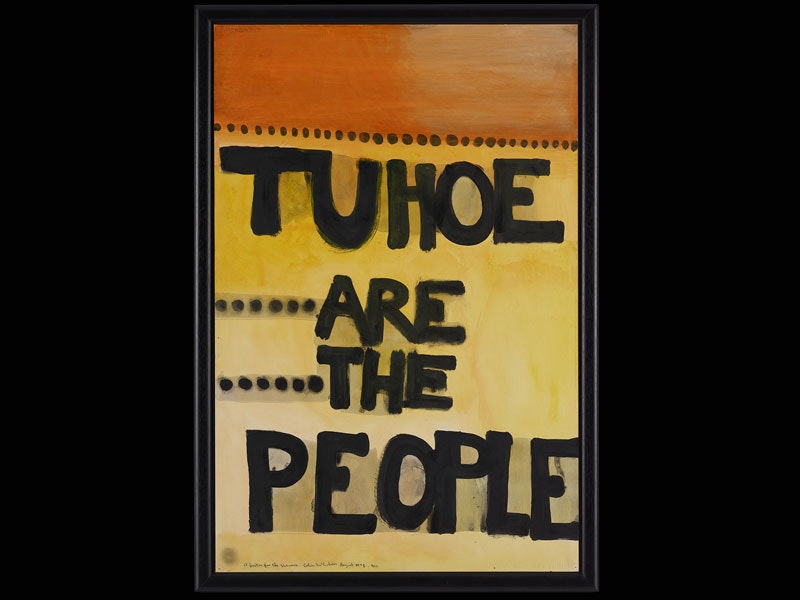
Mātauranga Māori curator Matariki Williams (Tūhoe, Te Atiawa, Ngāti Whakaue, Ngāti Hauiti) dives into a series of paintings by Colin McCahon, commissioned by the Urewera National Park Board in the 1970s.
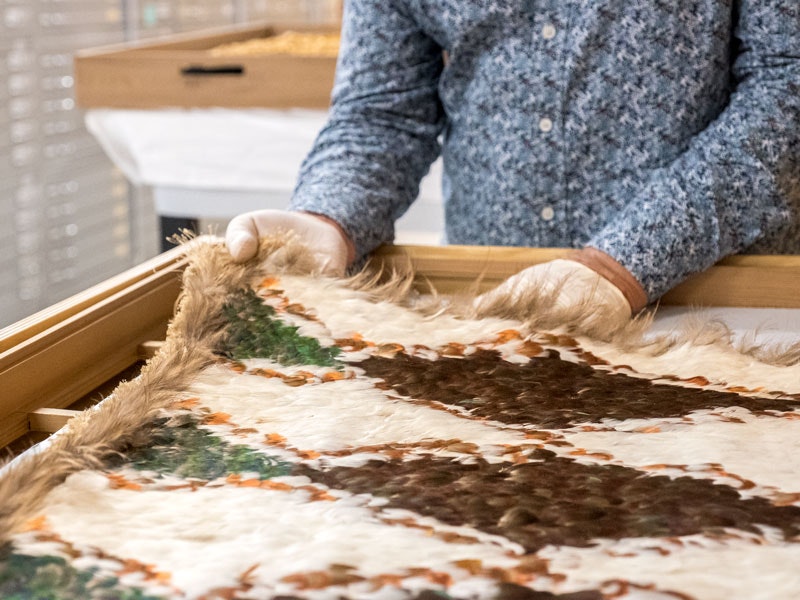
Puawai Cairns, Kaihāpai Mātauranga Māori | Head of Mātauranga Māori, looks at the nuances of language and how ‘diversity denial’ can exclude the communities you’re trying to embrace.
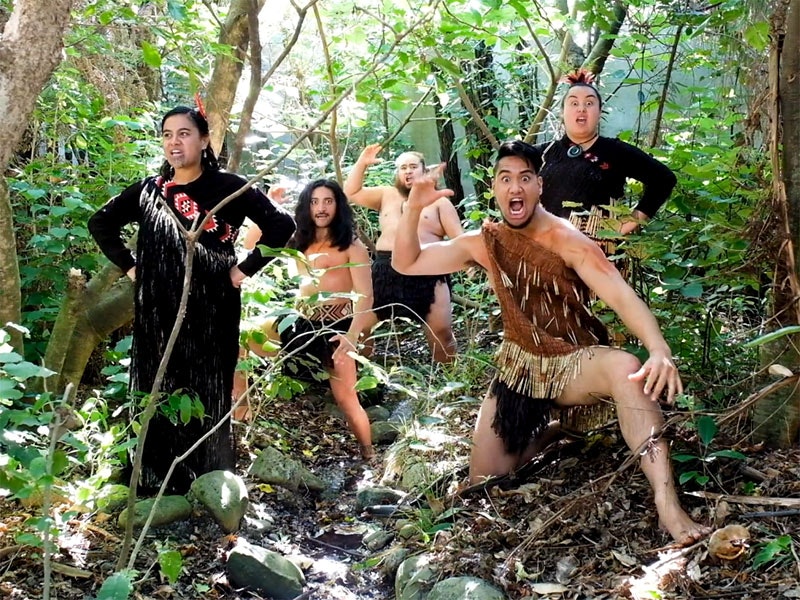
The haka Te Taiao acknowledges that each of us are kaitiaki of Aotearoa New Zealand, and that we all have a role to play in protecting and nurturing te taiao.
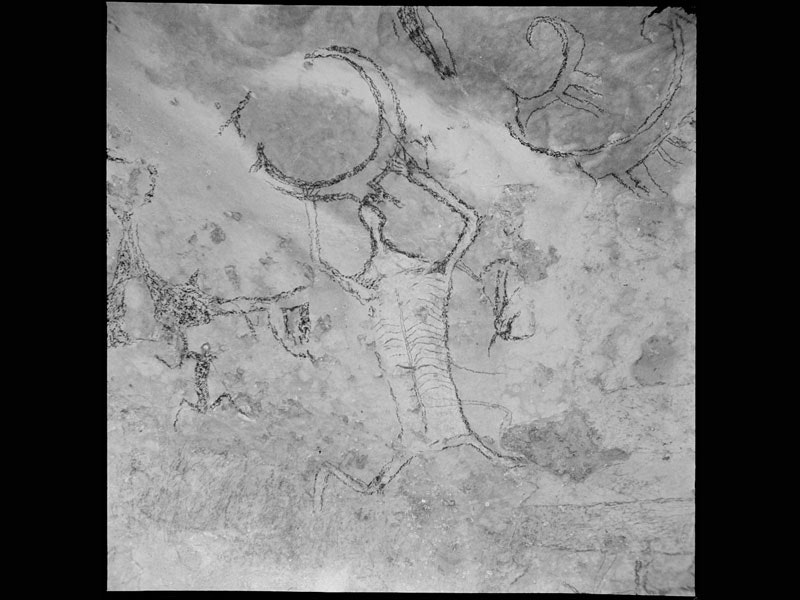
Intern Tim Fortescue-Willis has spent the last six weeks cataloguing and digitising Theo Schoon’s photographs of Māori rock art. Tim describes his journey working with these negatives and reflects on what he’s learnt about Theo Schoon during his time at Te Papa.

In 2017, a jacket worn by the fictional gang Toa Aoteoroa entered the national collection, history curator Stephanie Gibson tells us why.
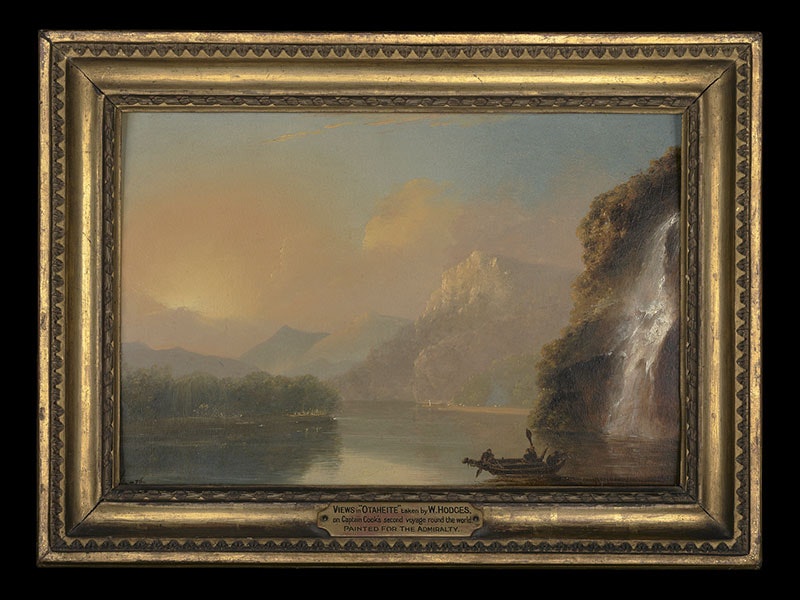
In April 2019, Te Papa acquired a rare, early oil painting by William Hodges, artist on Captain Cook’s second voyage, titled Waterfall in Dusky Bay with Maori Canoe. Here, Te Papa tour host Bill Whelen reflects upon his journeys into Dusky Sound, and finding the exact location of Te Papa’s newly acquired painting.
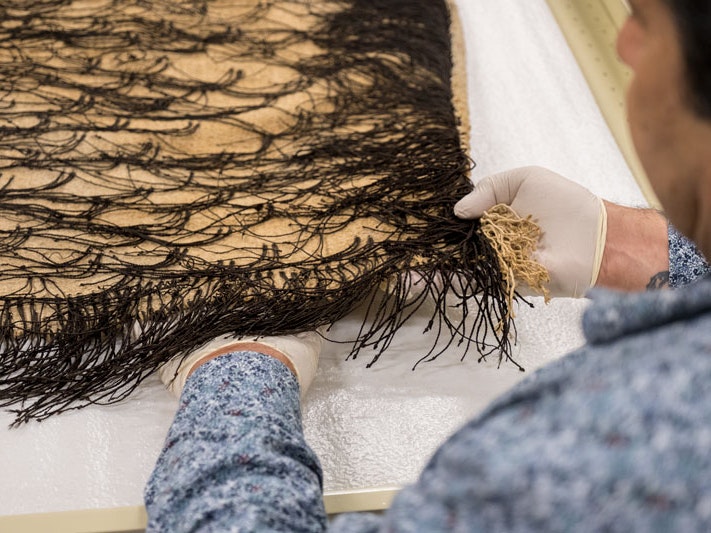
There have been many conversations circulating in the media about Jacinda Ardern wearing a kakahu (cloak) at the recent Commonwealth Heads of Government Meeting. Kaitiaki Māori Collection Manager Mark Sykes explains the differences between kahu huruhuru, kahu kiwi, kahu kuri, and korowai.
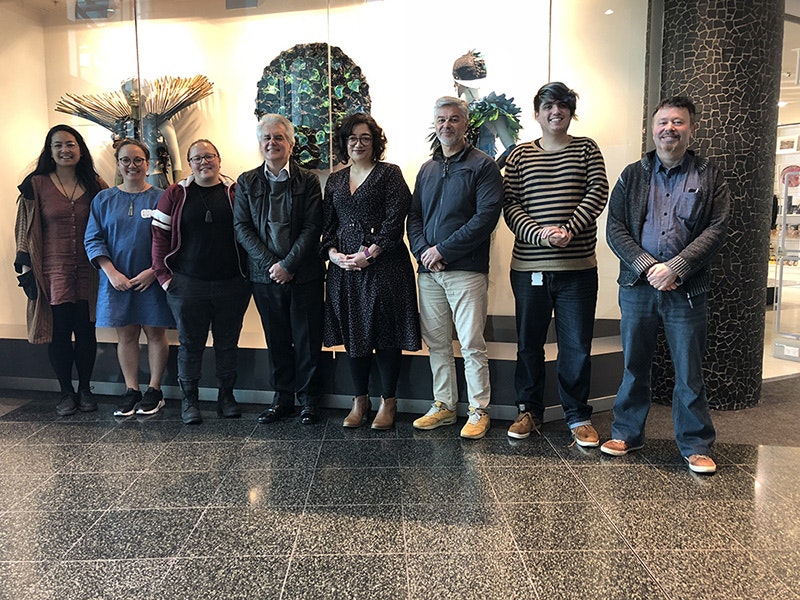
Sustainable indigenised practice in colonial museum models – is there such a thing? Kaihāpai Mātauranga Māori | Head of Mātauranga Māori Puawai Cairns explores this question in this adaptation of a speech given in 2019.
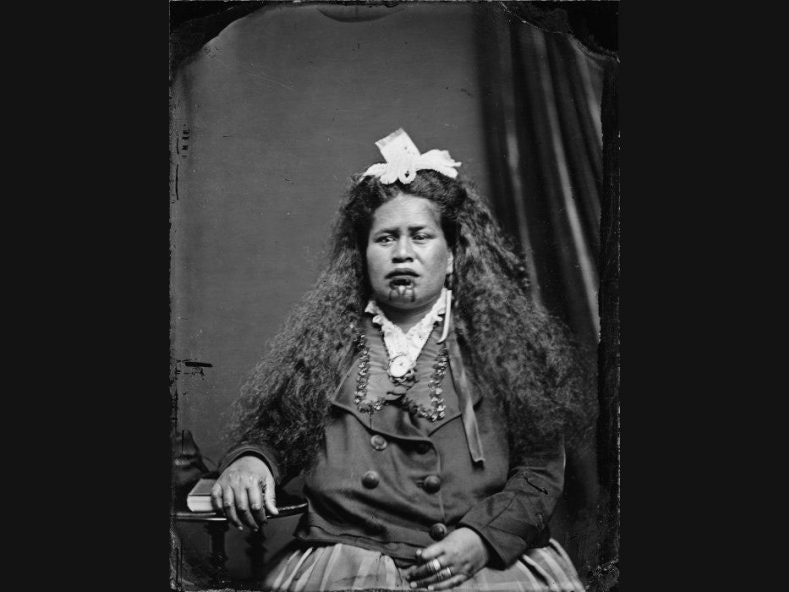
Iwi development manager Migoto Eria looks at the relationship between Heretaunga chief Hēnare Tōmoana and his wife Ākenehi Pātoka, who signed the suffrage petition in 1893, and reflects on the synergy between wahine (women) and whenua (land).
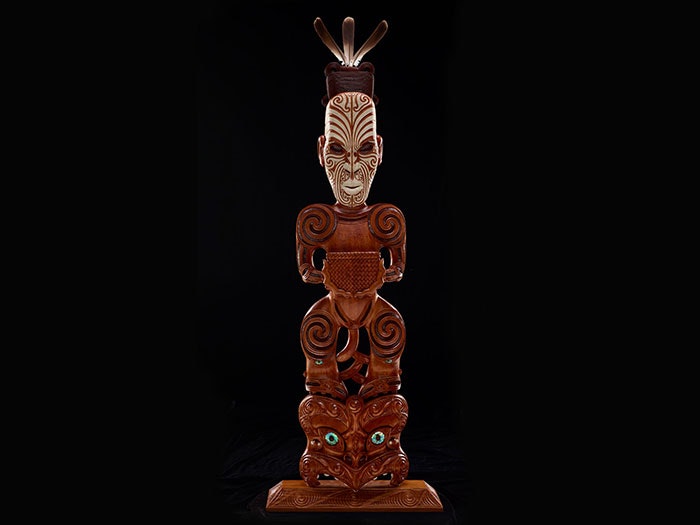
Articles, video, and more about Gisborne iwi Rongowhakaata, whose exhibition Ko Rongowhakaata: The Story of Light and Shadow was on display at Te Papa 2017–2022.
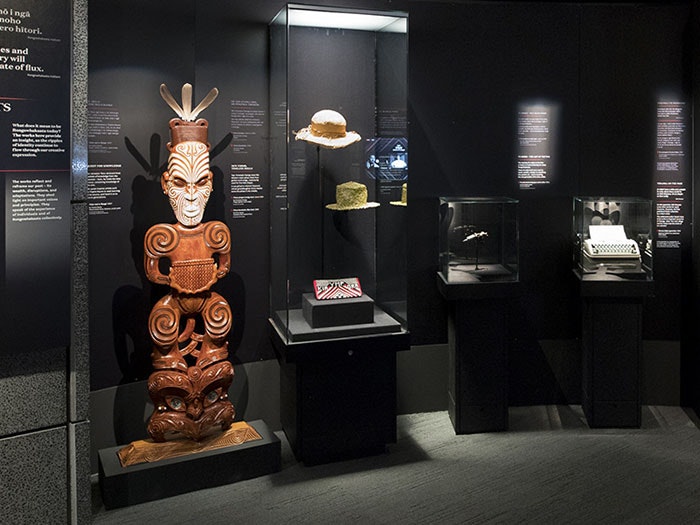
Loans and Acquisitions Advisor Amy Cosgrove sheds light on the process behind 'Ko Rongowhakaata: The Story of Light and Shadow', as well as revealing an ‘average’ day.
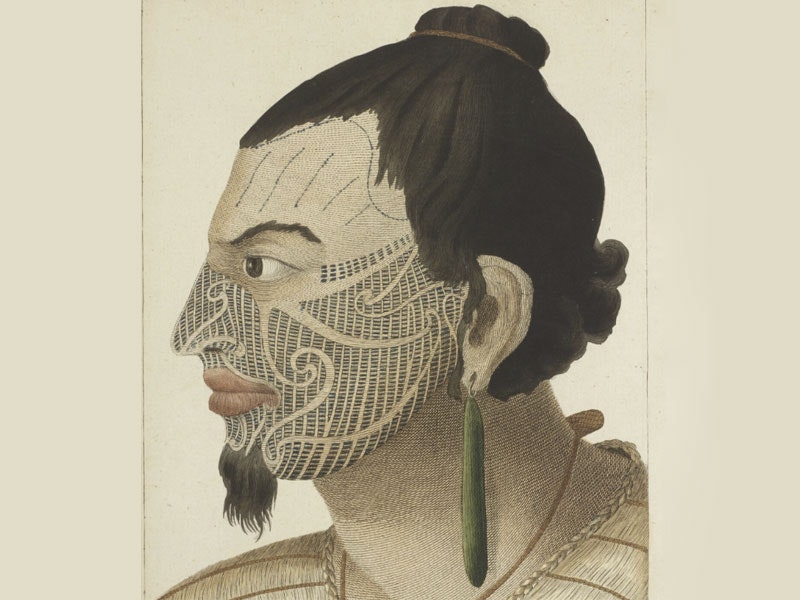
Discover the history and practice of tāmoko, and find out why the lines of a moko carved in skin represent much more than a tattoo.
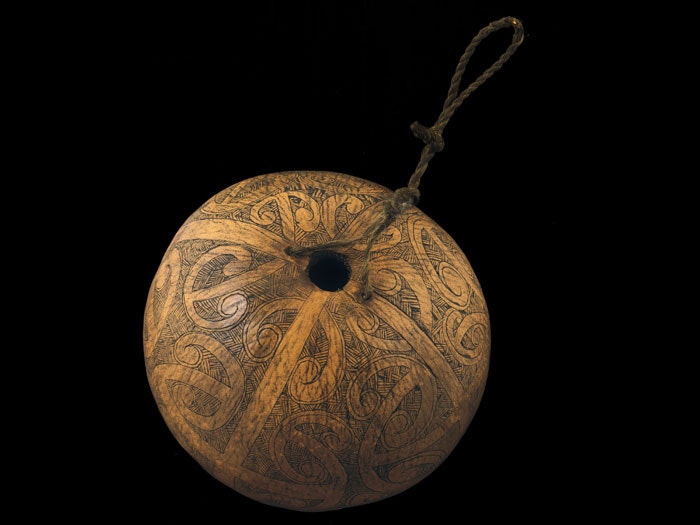
Read about different taonga puoro (Māori musical instruments) and discover what their original purposes were.
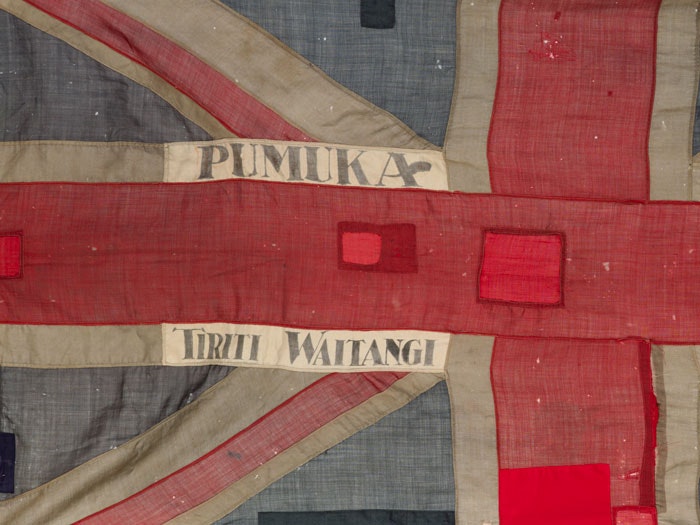
Gifted to Northland chief Pūmuka by James Busby in 1834, Pūmuka’s flag was present at the signing of the Treaty of Waitangi, and is a national treasure. Find out more about this important taonga and the conservation process to allow it to be displayed safely.
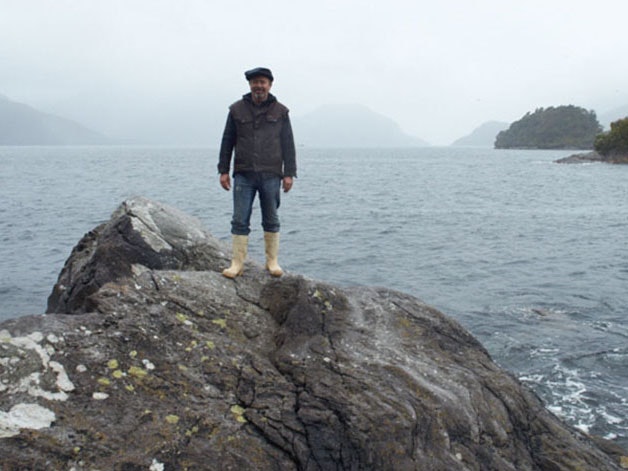
Mātauranga Māori curator Dougal Austin offers an indigenous perspective on first contact between Māori and Cook's men in Tamatea (Dusky Sound).
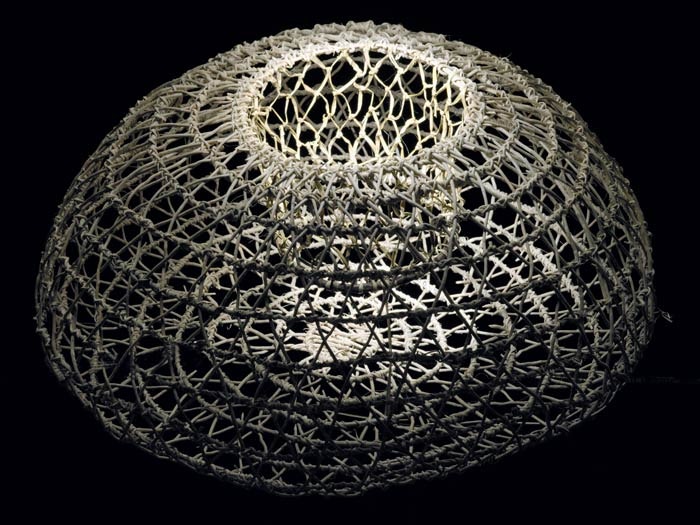
Before the arrival of metal tools and the gun, Māori used natural resources to make tools for hunting, fishing, eeling, and cultivating crops.

Traditionally, Māori were essentially an agricultural people, with a large portion of their time and attention being given to cultivation.

Rongoā Māori is the traditional Māori healing system. Ailments are treated in a holistic manner.
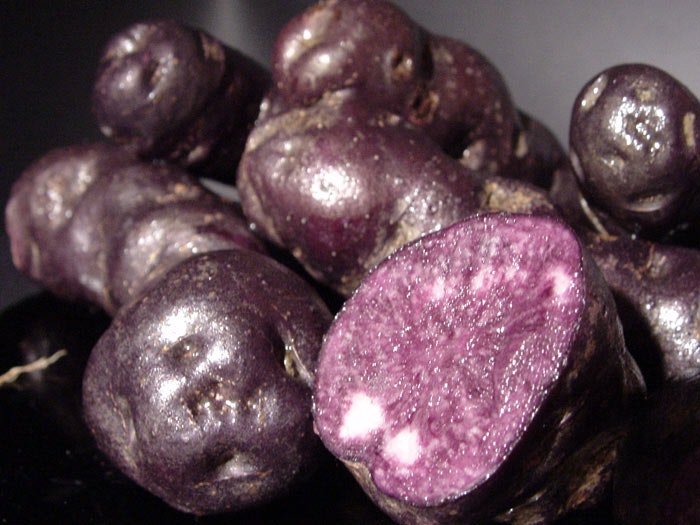
Taewa (or rīwai) is a collective name for the varieties of potatoes (Solanum tuberosum) cultivated by Māori.
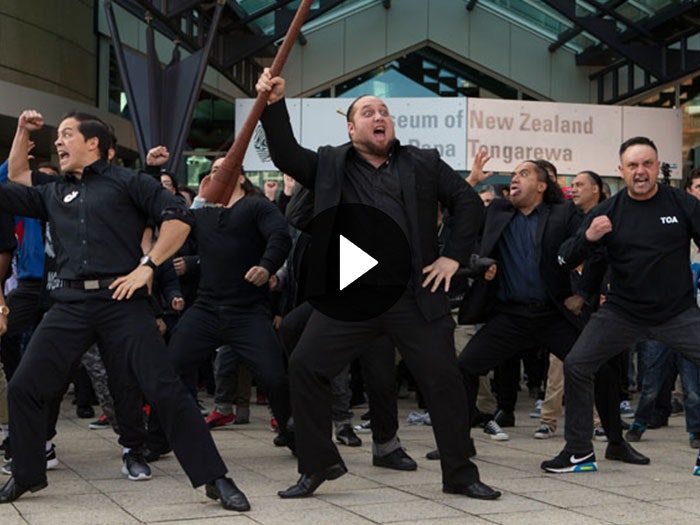
To open the exhibition Whiti Te Rā! The story of Ngāti Toa Rangatira, members of the iwi performed their Ka Mate haka.
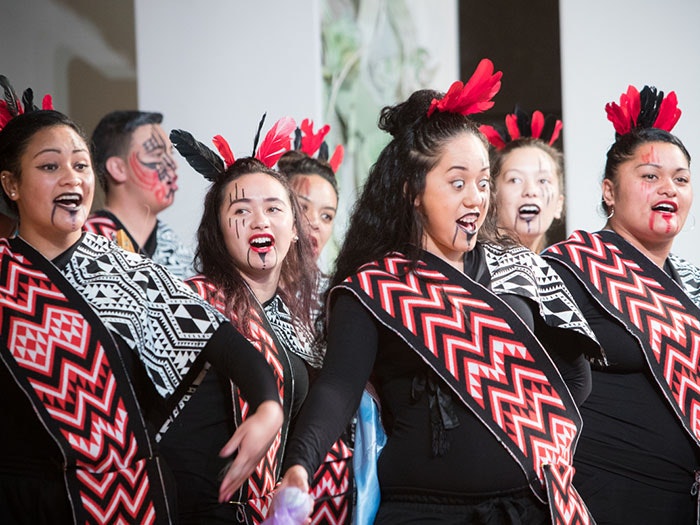
Mātauranga Māori curator Matariki Williams asks us to ignore the negative noise around Waitangi Day, to enjoy the inclusive and communal experience, and celebrate the diversity that makes Aotearoa so beautiful.
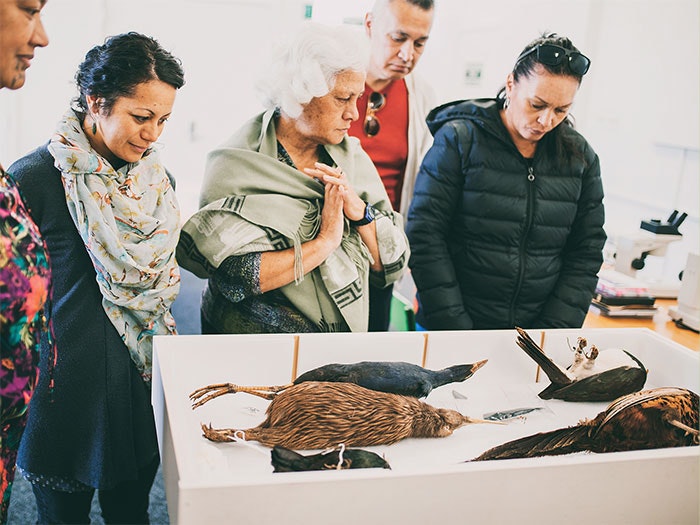
Te Papa’s bicultural researcher Hokimate Harwood brought her extensive feather identification skills to a community of 30 weavers and bird enthusiasts.
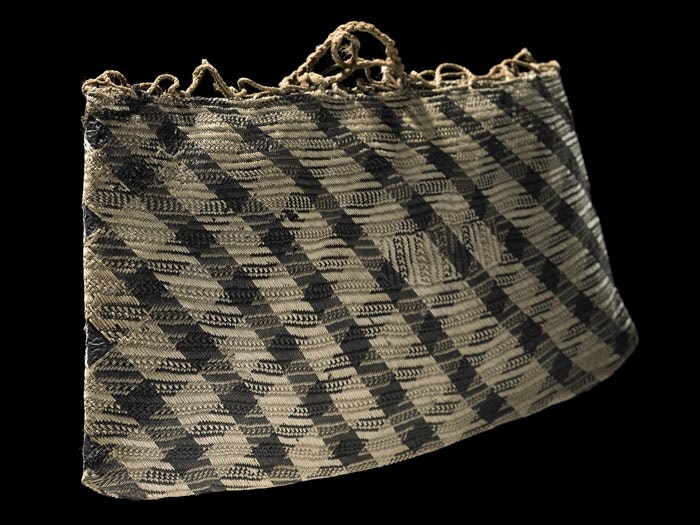
Learn about the goddess of te whare pora (the house of weaving) and the different types of weaving that are important in Aotearoa New Zealand.
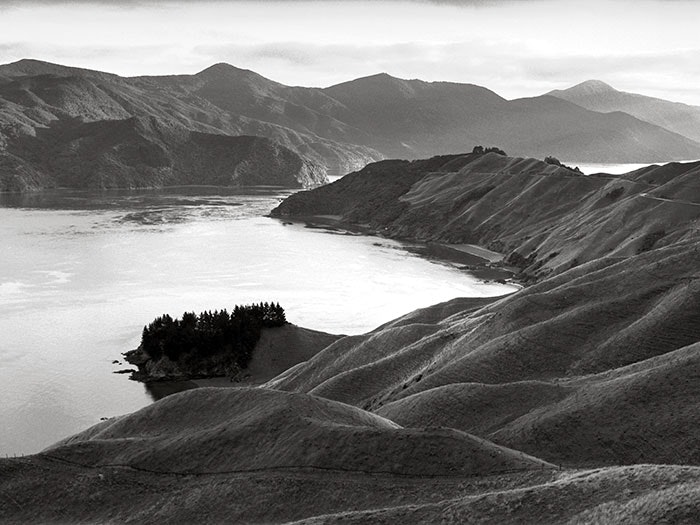
A thousand years ago, the great voyager Kupe made an epic journey from the eastern Pacific across the ocean to a new land. Learn about the stories of his arrival in Aotearoa.
